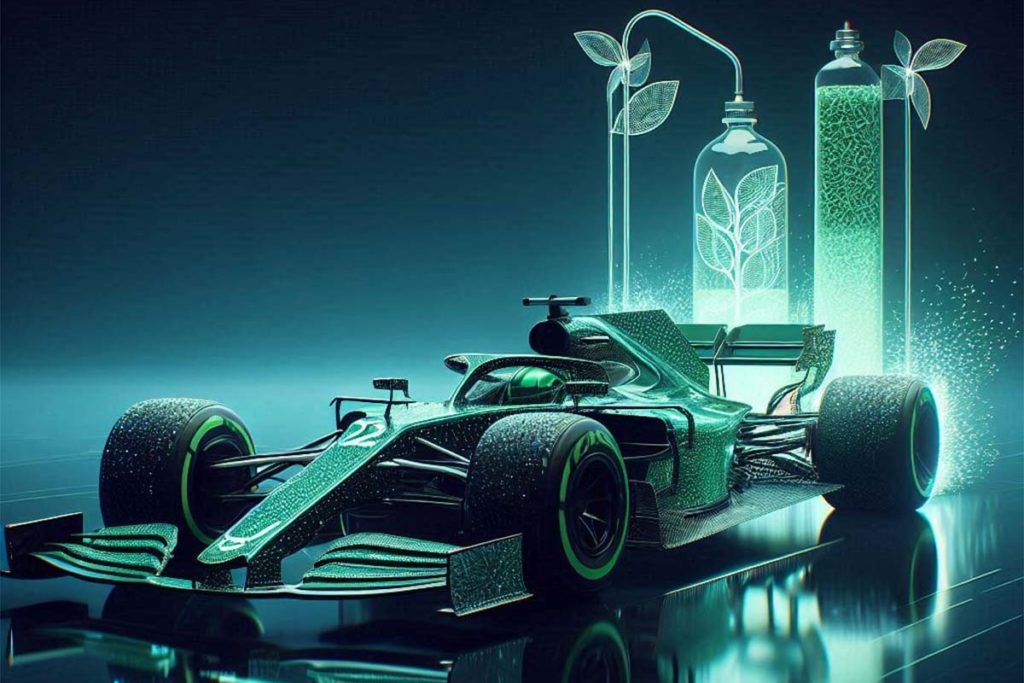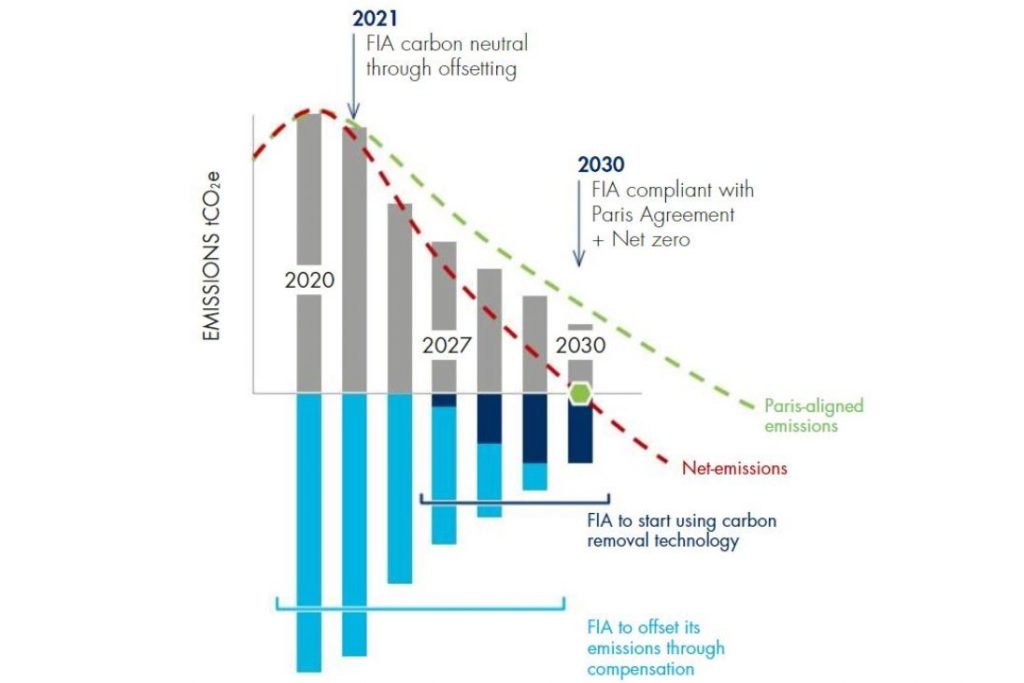
In a surprising turn of events, the Formula 1long considered the pinnacle of automotive technological innovation, plans to abandon its hybrid powertrain in favor of an all-thermal solution. Since 2014, F1 cars have been equipped with hybrid engines, combining a 6-cylinder turbo engine with an electric power unit, embodying the quest for performance and efficiency. However, in an era when Europe is moving resolutely towards the total electrification of vehicles, F1 could be taking a different path.
The planned switch to 100 % thermal, powered by biofuels, raises a number of questions. Is this a tacit recognition that the automotive future will not be exclusively electric? Will biofuels be an essential component of the post-2030 automotive landscape? These questions are echoed in the current discussions surrounding the new Concorde Agreement, which shapes F1's regulatory and financial foundations. This crucial document, which binds the FIA, the teams and the sport, expires next year, and current negotiations could redefine the discipline's technological direction.
As a reminder, it has already been agreed that F1 will gradually introduce biofuels from 2022 onwards, with the aim of using this new fuel exclusively by 2025.

F1 CEO Stefano Domenicali recently declared "If sustainable fuels lead us to zero emissions, then we can even consider abandoning hybrid powertrains in 2030." This statement opens the door to an era when F1, while remaining at the cutting edge of technology, could pave the way for alternatives to 100 % electric engines, and is also a reminder that Europe is not the world. In the end, the merger of the F1 and FE disciplines may never happen.
Biofuels are one of the solutions of the future, and not just for F1.
All-electricity is a dead end for all manufacturers who intend to eliminate combustion engine versions from their range.
Clearly, we need a multi-faceted offer to reduce CO2 emissions.
As well as getting rid of the electric motor and its battery, we'd also have to reduce the size of the fuel tanks and re-introduce in-race refuelling, which has always been part of racing strategy and still exists in the WEC. It's the only way to get back to the dimensions of the cars of the 2000s, whether V10 or V8, until 2008.
- 2009: F1 cars started to be disproportionately large in terms of spoilers
- 2010: they've lengthened them to accommodate larger fuel tanks with the ban on refuelling
- 2014: they added electric motors, batteries, MGU-H V6 turbo hybrids
- 2022: they've become pretty again with the new aesthetic, but still gigantic
It's time we had F1 cars that are as beautiful as the ones we have now, with screaming V8s or V10s that are smaller and easier to handle.